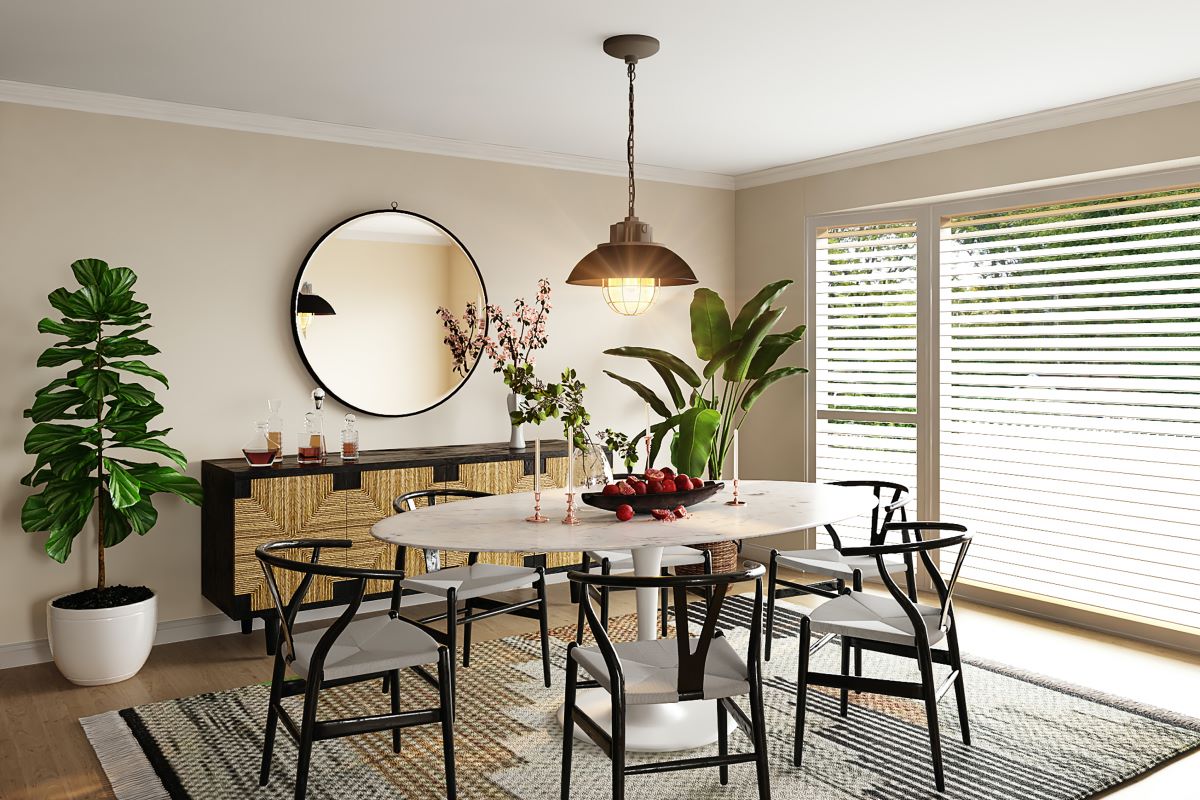

Articles
How To Brighten A Dark Dining Room
Modified: September 2, 2024
Learn the best tips and tricks in our latest articles on how to brighten a dark dining room. Transform your space and create a welcoming atmosphere.
(Many of the links in this article redirect to a specific reviewed product. Your purchase of these products through affiliate links helps to generate commission for Storables.com, at no extra cost. Learn more)
Introduction
Having a dark dining room can make the space feel gloomy and uninviting. However, with the right strategies and attention to lighting, you can transform your dark dining area into a bright and welcoming space. In this article, we will explore various techniques to brighten up a dark dining room, from assessing the lighting needs to choosing the right light fixtures, utilizing natural light, incorporating mirrors, selecting light-colored paint, adding accent lighting, using light-colored furniture and accessories, and enhancing with artwork and wall decor.
Lighting is a crucial aspect when it comes to creating a bright and pleasant ambiance in any room, including the dining area. By addressing the lighting needs, you can significantly improve the overall atmosphere and functionality of the space. This involves assessing the existing lighting setup and determining any shortcomings or areas that require improvement.
When it comes to choosing light fixtures, opt for those that provide ample illumination while complementing the overall style and decor of the dining room. Pendant lights, chandeliers, and wall sconces are popular options that can add an elegant touch and enhance the brightness of the space. Additionally, consider the type of light bulbs used in these fixtures; opting for daylight or cool white bulbs can simulate natural daylight and create a brighter environment.
Key Takeaways:
- Transform a dark dining room into a bright and inviting space by assessing lighting needs, utilizing natural light, incorporating mirrors, and choosing light-colored elements for a fresh and airy atmosphere.
- Enhance the ambiance of a dark dining room with accent lighting, light-colored furniture, and vibrant artwork to create a well-lit, visually appealing, and welcoming dining space.
Assessing the Lighting Needs
Before making any changes to the lighting in your dining room, it is crucial to assess the current lighting setup and determine the areas that need improvement. Start by evaluating the natural light sources in the room, such as windows and skylights. Take note of the direction and intensity of the natural light throughout the day, as this will help you determine where additional artificial lighting might be necessary.
Next, consider the existing light fixtures in the room. Are they providing sufficient illumination, or do they leave certain areas in shadows? Take note of any areas that are noticeably darker or poorly lit. This could be due to inadequate lighting fixtures or positioning. It is also important to evaluate the type of light bulbs being used. Some bulbs may emit a warm or yellowish light that can make the room appear darker. Consider replacing these bulbs with daylight or cool white bulbs to create a brighter and more inviting atmosphere.
In addition to considering the intensity of the light, also pay attention to the color temperature of the bulbs. Light bulbs are available in different color temperatures, ranging from warm white (2700K) to cool white (5000K). Cool white bulbs tend to create a brighter and more energizing environment, while warm white bulbs create a cozy and intimate atmosphere. Select bulbs that align with the desired ambiance you wish to create in your dining room.
Another factor to consider when assessing lighting needs is the functionality of the dining area. It is essential to ensure that the lighting adequately serves its purpose for different activities. For example, if you frequently use the dining table for tasks such as working, crafting, or studying, you may benefit from additional task lighting to provide focused illumination in those areas.
By thoroughly assessing the lighting needs in your dining room, you can pinpoint areas that require improvement and make informed decisions when selecting lighting fixtures and implementing other strategies to brighten up the space.
Choosing the Right Light Fixtures
When it comes to brightening up a dark dining room, selecting the right light fixtures is essential. The right fixtures not only provide adequate illumination but also add aesthetic appeal to the space. Here are some factors to consider when choosing light fixtures for your dining room:
1. Size and Scale: Consider the size and scale of your dining room when selecting light fixtures. If you have a large dining area, you can opt for larger fixtures such as chandeliers or oversized pendant lights. On the other hand, if your dining space is smaller, choose fixtures that are proportionate to the room’s size to avoid overwhelming the space.
2. Style and Design: The style and design of your light fixtures should complement the overall decor of your dining room. Consider the existing design elements such as furniture, wall color, and flooring when selecting fixtures. Whether your dining room leans towards traditional, modern, or eclectic style, choose fixtures that harmonize with the overall aesthetic.
3. Lighting Direction: Take into account the direction of light emitted by the fixtures. For a dark dining room, fixtures that provide both upward and downward lighting can help distribute light more evenly. Upward lighting can bounce off the ceiling, creating a brighter atmosphere, while downward lighting can illuminate the dining table and surrounding areas.
4. Dimming Option: Opt for fixtures that offer dimming capabilities. Having the option to adjust the brightness allows for versatility in setting the mood and ambiance in your dining room. Dimming the lights during intimate dinners or increasing the brightness for gatherings can effectively create the desired atmosphere.
5. Energy Efficiency: Consider energy-efficient fixtures, such as LED light fixtures. LED lights consume less energy, have a longer lifespan, and produce less heat compared to traditional incandescent bulbs. This not only helps reduce energy costs but also contributes to a more sustainable approach to lighting your dining room.
By carefully considering these factors, you can choose light fixtures that not only provide adequate lighting but also enhance the overall aesthetic appeal of your dining room. Remember to strike a balance between functionality and style to create a well-lit and visually appealing space for your dining experiences.
Utilizing Natural Light
One of the most effective ways to brighten up a dark dining room is to maximize the use of natural light. Natural light not only enhances the overall brightness of the space but also creates a warm and inviting atmosphere. Here are some strategies for utilizing natural light in your dining room:
1. Clear Window Treatments: Remove heavy curtains or dark blinds that may block the entry of natural light. Opt for sheer or light-colored window treatments that allow light to pass through while still maintaining privacy. If privacy is not a concern, consider leaving the windows uncovered for an unobstructed flow of natural light.
2. Clean Windows: Regularly clean your windows to remove any dirt or film that may hinder the entry of natural light. Even a thin layer of grime can significantly diminish the amount of light that enters the room. Clean windows will ensure that your dining room receives maximum natural light.
3. Reflective Surfaces: Place reflective surfaces near windows to bounce and amplify the natural light. Mirrors, glass tabletops, or shiny accessories can help distribute light throughout the room, making it appear brighter and more spacious. Choose strategic locations where the sunlight can be reflected, such as opposite the windows or along the walls adjacent to the windows.
4. Window Placement: Arrange the furniture in your dining room to take advantage of the natural light sources. Position the dining table and seating areas near windows to benefit from the direct sunlight. This will not only brighten up the space but also create a pleasant and airy atmosphere for dining.
5. Light-colored Walls: Paint the walls in light or neutral colors to reflect and amplify the natural light. Light-colored walls are known to make a room appear brighter and more spacious. Consider shades of white, cream, beige, or pastel hues for an airy and bright dining room.
6. Trim Trees or Shrubs: If there are trees or shrubs outside the dining room windows that block natural light, consider trimming them. By allowing more sunlight to reach the windows, you can increase the amount of natural light that enters the space. Consult with a professional if needed, to ensure proper trimming and maintenance of outdoor greenery.
By incorporating these strategies, you can harness the power of natural light and create a brighter, more inviting dining room. Not only will your space feel more open and cheerful, but you will also reduce the need for artificial lighting during daylight hours, contributing to energy efficiency.
Incorporating Mirrors
Mirrors are a fantastic tool for brightening up a dark dining room. They not only reflect light but also create an illusion of space, making the room feel larger and more open. Here are some creative ways to incorporate mirrors in your dining room:
1. Mirrored Wall: Consider installing a large mirrored wall on one side of your dining room. This will not only reflect light but also create a focal point and visually enlarge the space. Opt for a frameless or slim-framed mirror to achieve a sleek and modern look.
2. Mirrored Furniture: Integrate mirrored furniture pieces into your dining room to introduce reflective surfaces. A mirrored buffet or a console table can help bounce light around the room and create an elegant and glamorous ambiance. Look for furniture with mirror accents or mirrored finishes to achieve this effect.
3. Mirrored Backsplash: If you have a dining area that includes a kitchen or a bar, consider adding a mirrored backsplash. This not only reflects light but also adds a touch of sophistication to the space. The mirrored surface will brighten up the room and make it appear more spacious.
4. Mirror Gallery Wall: Create a striking feature wall with a collection of different-sized mirrors. Arrange them in an artful and visually appealing manner to reflect light from various angles. This unique display will not only brighten up the room but also add character and personality to your dining area.
5. Mirrored Tabletop: Choose a dining table with a mirrored tabletop to introduce light and reflection into the center of the room. This reflective surface will help bounce light and create a luminous atmosphere during mealtimes. Pair it with light-colored chairs and accessories to further enhance the brightness of the space.
6. Mirror Accents: Incorporate smaller mirrors as decorative accents in your dining room. Hang mirrors in interesting shapes or designs on the walls, or place them on shelves or sideboards. These smaller mirrors will not only reflect light but also add visual interest and depth to the room.
By strategically placing mirrors in your dining room, you can enhance the brightness of the space and create an illusion of a larger, more open area. Experiment with different mirror placements and sizes to find the right balance between functionality and aesthetics. The result will be a well-lit and visually appealing dining room that is both inviting and stylish.
Consider using light-colored paint on the walls to reflect more light. Adding a large mirror can also help to bounce light around the room and make it feel brighter.
Read more: How To Brighten Up A Dark Living Room
Selecting Light-colored Paint
The color of your dining room walls plays a significant role in determining the overall brightness and ambiance of the space. Opting for light-colored paint can instantly brighten up a dark dining room and create a fresh and airy atmosphere. Here are some tips for selecting the right light-colored paint:
1. White Shades: White is a classic and timeless choice for brightening up any room. Consider shades of pure white, off-white, or ivory for a clean and crisp look. White walls reflect light, making the dining room feel more spacious and luminous.
2. Pale Neutrals: Light shades of gray, beige, or taupe can also work well in brightening up a dark dining room. These neutral colors create a warm and inviting atmosphere while still reflecting light. Opt for lighter hues within the neutral color family to maximize the brightness effect.
3. Soft Pastels: If you prefer a hint of color, consider using soft pastel shades such as light blue, pale green, or blush pink. These gentle hues can add a subtle touch of brightness and create a tranquil and serene dining environment. Stick to light and airy pastel shades to maintain the desired luminosity.
4. Satin or Eggshell Finish: When choosing a paint finish, opt for satin or eggshell instead of flat or matte finishes. These finishes have a slight sheen, which helps reflect light and create a brighter appearance. Additionally, satin or eggshell finishes are easier to clean and maintain, making them ideal for dining rooms.
5. Test Paint Samples: Before committing to a specific light-colored paint, test out samples on your dining room walls. Paint swatches can look different in natural and artificial light, so observing them in your dining room’s lighting conditions is crucial. Consider testing the paint samples on different walls and at different times of the day to see how they react to light.
6. Coordinate with Other Elements: Ensure that the light-colored paint you choose harmonizes with the other elements in your dining room, such as furniture, flooring, and accessories. Take into account the undertones of the paint and how they complement or contrast with the existing elements. Coordinating these elements will create a cohesive and visually pleasing overall look.
Incorporating light-colored paint on your dining room walls can significantly brighten up the space and create a welcoming atmosphere. Remember to consider your personal preferences and the overall style of your home when choosing the right light-colored paint. With the right shade, you can transform your dark dining room into a refreshing and vibrant space that you and your guests will enjoy.
Adding Accent Lighting
Accent lighting is a great way to not only brighten up a dark dining room but also add depth, ambiance, and visual interest to the space. By strategically placing additional light sources, you can create a layered and dynamic lighting scheme. Here are some ideas for adding accent lighting in your dining room:
1. Wall Sconces: Install wall sconces on either side of a mirror or artwork to create a focal point and add a warm glow to the room. Wall sconces can also be used to highlight architectural features or accentuate textures on the walls.
2. Under Cabinet Lighting: If you have cabinets or open shelving in your dining room, consider installing under cabinet lighting to illuminate the countertops or display items. This will not only add brightness but also showcase your decor and create a cozy and inviting atmosphere.
3. Picture Lights: Use picture lights to highlight your favorite artwork or photographs on the walls. These focused lights can draw attention to the artwork and create a gallery-like atmosphere. Choose picture lights with adjustable heads to achieve the desired angle and intensity of the light.
4. Shelf or Cabinet Lighting: Incorporate lighting in shelves or display cabinets to showcase your collectibles or decorative items. Use LED strip lights or puck lights to illuminate the shelves and create a subtle, yet impactful, effect. This accent lighting can add depth and visual interest to the overall dining room design.
5. Pendant Lighting: Consider adding pendant lights over the dining table as both a functional and decorative accent. These hanging fixtures can provide focused lighting for dining activities while also adding a stylish element to the room. Opt for pendant lights with translucent or glass shades to allow light to pass through and create a soft and diffused illumination.
6. Recessed Lighting: Install recessed lights in strategic areas to provide general ambient lighting. Place these lights along the perimeter of the room or in alcoves to create a warm and inviting glow. Utilize a dimmer switch to control the brightness and set the desired mood for different occasions.
When adding accent lighting, it is important to consider the overall balance and layering of light in your dining room. Combine accent lighting with your existing overhead or general lighting to create a cohesive and well-lit space. Experiment with different lighting techniques to find the right combination that suits your dining room’s style and enhances the overall ambiance.
Using Light-colored Furniture and Accessories
When trying to brighten up a dark dining room, the choice of furniture and accessories can have a significant impact on the overall brightness and visual appeal of the space. Opting for light-colored furniture and accessories can help reflect light and create a fresh and airy atmosphere. Here are some tips for using light-colored furniture and accessories in your dining room:
1. Dining Table: Choose a dining table in a light wood tone or a light-colored surface such as white, cream, or pale gray. Light-colored dining tables not only brighten up the space but also create a clean and modern aesthetic. Additionally, lighter-colored finishes have a reflective quality that further enhances the overall brightness of the room.
2. Chairs: Consider dining chairs in light upholstery or those with light-colored frames. Neutral tones like white, beige, or light gray can help create a sense of openness and brightness. Upholstered chairs in lighter fabrics can also reflect light and contribute to a more luminous dining room atmosphere.
3. Window Treatments: Use light-colored curtains or blinds to create a bright and airy feel in your dining room. Sheer or light fabrics allow natural light to filter into the room while maintaining privacy. Consider choosing window treatments in shades of white, cream, or delicate pastels for a soft and fresh look.
4. Accessories: Incorporate light-colored accessories like table runners, placemats, and napkins to add a touch of brightness to your dining table. Opt for lighter shades that coordinate with the overall color scheme of the room. Additionally, consider using light-colored glassware and dishware to further enhance the luminosity of the table setting.
5. Area Rug: Choose a light-colored area rug to anchor your dining space. Light rugs, such as those in ivory, beige, or pale gray, can help brighten up the floor and add a sense of airiness to the room. Avoid dark or heavily-patterned rugs, as they can absorb light and make the space appear darker.
6. Lighting Fixtures: Select light-colored or clear glass lighting fixtures to complement the overall bright theme of the dining room. Opt for fixtures with metal finishes in silver, chrome, or brushed nickel to add a sleek and reflective element. These light-colored fixtures will not only enhance the brightness but also contribute to the overall aesthetic appeal of the space.
By incorporating light-colored furniture and accessories into your dining room, you can create a bright and inviting atmosphere. The reflective qualities of light-colored elements help enhance the overall brightness of the space while providing a clean and modern look. Remember to maintain a balanced color palette and coordinate with other design elements in the room to create a cohesive and visually appealing dining environment.
Enhancing with Artwork and Wall Decor
Artwork and wall decor can play a crucial role in brightening up a dark dining room by adding visual interest, color, and personality to the space. By strategically selecting and placing these elements, you can create a lively and inviting atmosphere. Here are some ideas for enhancing your dining room with artwork and wall decor:
1. Light-colored Artwork: Choose artwork with light-colored backgrounds or vibrant, light hues to brighten up your dining room walls. Paintings, prints, or photographs with scenes of nature or landscapes can introduce elements of brightness and tranquility into the space. Light-colored artwork acts as a focal point and helps reflect light, making the room appear brighter.
2. Mirrors: As mentioned earlier, mirrors are excellent for brightening up a dark room. Hang mirrors with decorative frames on the walls to create a sense of depth and reflect light. Position mirrors across from windows or opposite light sources to maximize their light-reflecting properties. Mirrors can also amplify the effect of other artwork and wall decor in the room.
3. Decorative Wall Shelves: Install decorative wall shelves or floating shelves to display bright accessories and decorative items. Arrange items such as vibrant vases, decorative plates, or colorful sculptures to add pops of color and create a focal point on the walls. Use shelves with light-colored finishes to enhance the brightness of the space.
4. Wall Sculptures: Consider adding wall sculptures made from light-colored materials such as metal, glass, or resin. Sculptures with intricate designs or abstract shapes can create visual interest and add a modern touch to your dining room. Hang these sculptures on the walls to add depth and dimension while brightening up the space.
5. Wallpaper or Wall Decals: Opt for wallpaper or wall decals in light, cheerful patterns to add brightness and visual appeal to your dining room walls. Choose designs with light-colored backgrounds or patterns that incorporate bright colors for an impactful effect. This can be particularly useful if your dining room has limited natural light.
6. Gallery Wall: Create a gallery wall by grouping together a collection of framed artwork, photographs, or mirrors. Combine different sizes, shapes, and styles of frames for a visually interesting display. A gallery wall acts as a statement piece in your dining room and can help brighten up the walls while showcasing your personal style.
By incorporating artwork and wall decor into your dining room, you can transform a dark space into a vibrant and inviting area. Experiment with different arrangements, colors, and textures to find the perfect balance that adds brightness and personality to your dining room. Remember to choose pieces that resonate with your style and create a cohesive look throughout the space.
Conclusion
Brightening up a dark dining room is a transformative process that can greatly enhance the overall atmosphere and functionality of the space. By implementing the strategies discussed in this article, you can create a bright and inviting dining area that you and your guests will enjoy. Here is a summary of the key points covered:
Assessing the lighting needs of your dining room is crucial in determining areas that require improvement. Attention should be given to natural light sources, existing light fixtures, and the functionality of the space. This assessment sets the foundation for creating a well-lit environment.
Choosing the right light fixtures plays a vital role in brightening up the dining room. Consider fixtures that provide adequate illumination, complement the overall style, and offer options for dimming and energy efficiency. Properly selected light fixtures can contribute to both functionality and aesthetics.
Utilizing natural light is an effective way to brighten up the dining room. Clear window treatments, clean windows, reflective surfaces, and strategic window placement can maximize the entry of natural light and create a pleasant ambiance.
Incorporating mirrors in your dining room can reflect light and create an illusion of space. Whether through mirrored walls, furniture, backsplashes, or accents, mirrors add brightness and depth to the room.
Selecting light-colored paint for the walls enhances the overall brightness of the dining room. White shades, pale neutrals, and soft pastels reflect light and create an airy atmosphere. Testing paint samples and coordinating with other elements are essential for achieving the desired brightness.
Adding accent lighting helps create a layered and visually interesting lighting scheme. Wall sconces, under cabinet lighting, picture lights, and pendant lighting are just a few examples of how accent lighting can brighten up specific areas and create ambiance in the dining room.
Using light-colored furniture and accessories contributes to the brightness of the dining room. Opt for light-toned dining tables, chairs, window treatments, and accessories to reflect light and create a clean and fresh look.
Enhancing the dining room with artwork and wall decor adds visual interest and personality to the space. Choosing light-colored artwork, incorporating mirrors, displaying decorative items on shelves, and creating a gallery wall all contribute to the brightness and aesthetic appeal of the dining room.
In conclusion, the process of brightening up a dark dining room involves a combination of lighting strategies, color choices, and thoughtful decor selections. By assessing the lighting needs, utilizing natural light, incorporating mirrors, choosing light-colored elements, adding accent lighting, and enhancing with artwork and wall decor, you can create a bright and inviting dining space that is both functional and visually appealing. Embrace the transformation and enjoy the newfound brightness of your dining room!
Frequently Asked Questions about How To Brighten A Dark Dining Room
Was this page helpful?
At Storables.com, we guarantee accurate and reliable information. Our content, validated by Expert Board Contributors, is crafted following stringent Editorial Policies. We're committed to providing you with well-researched, expert-backed insights for all your informational needs.


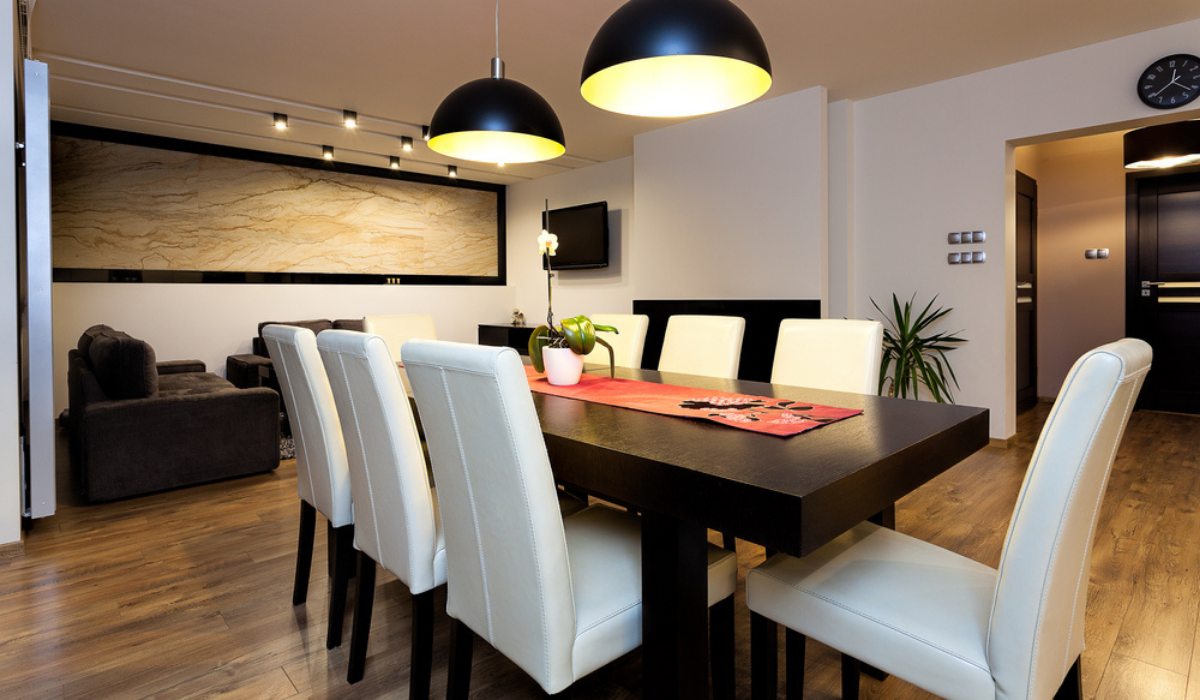
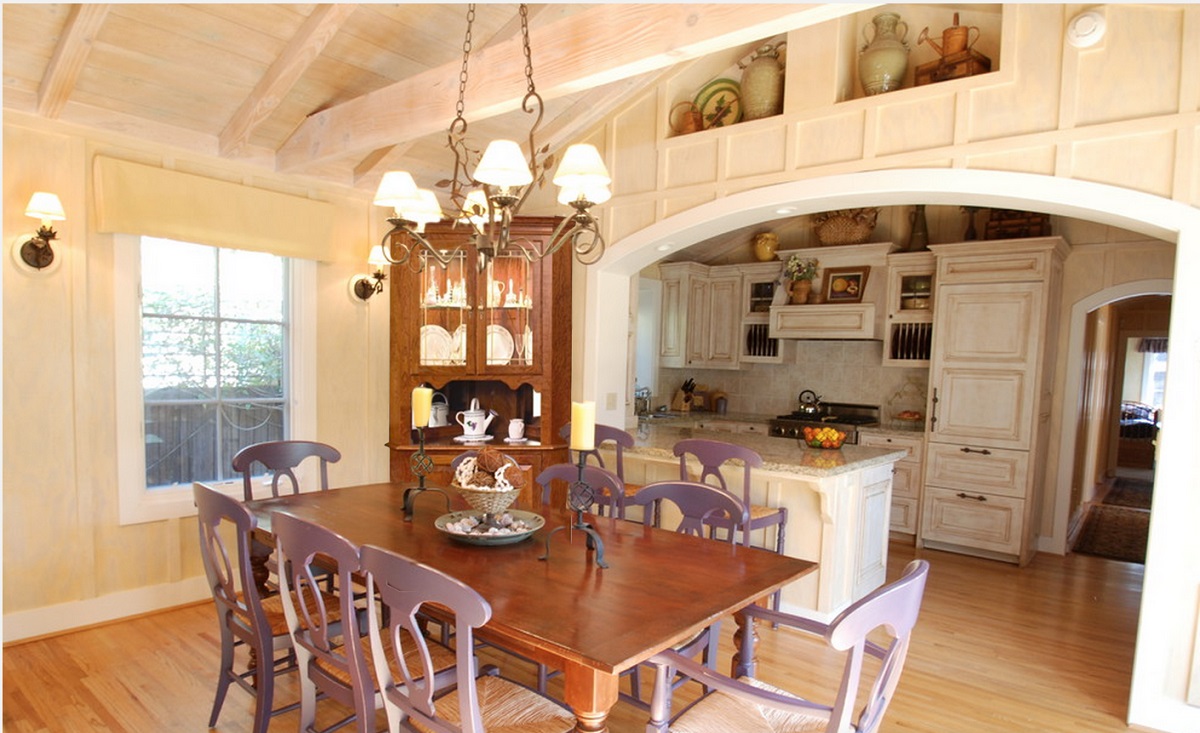


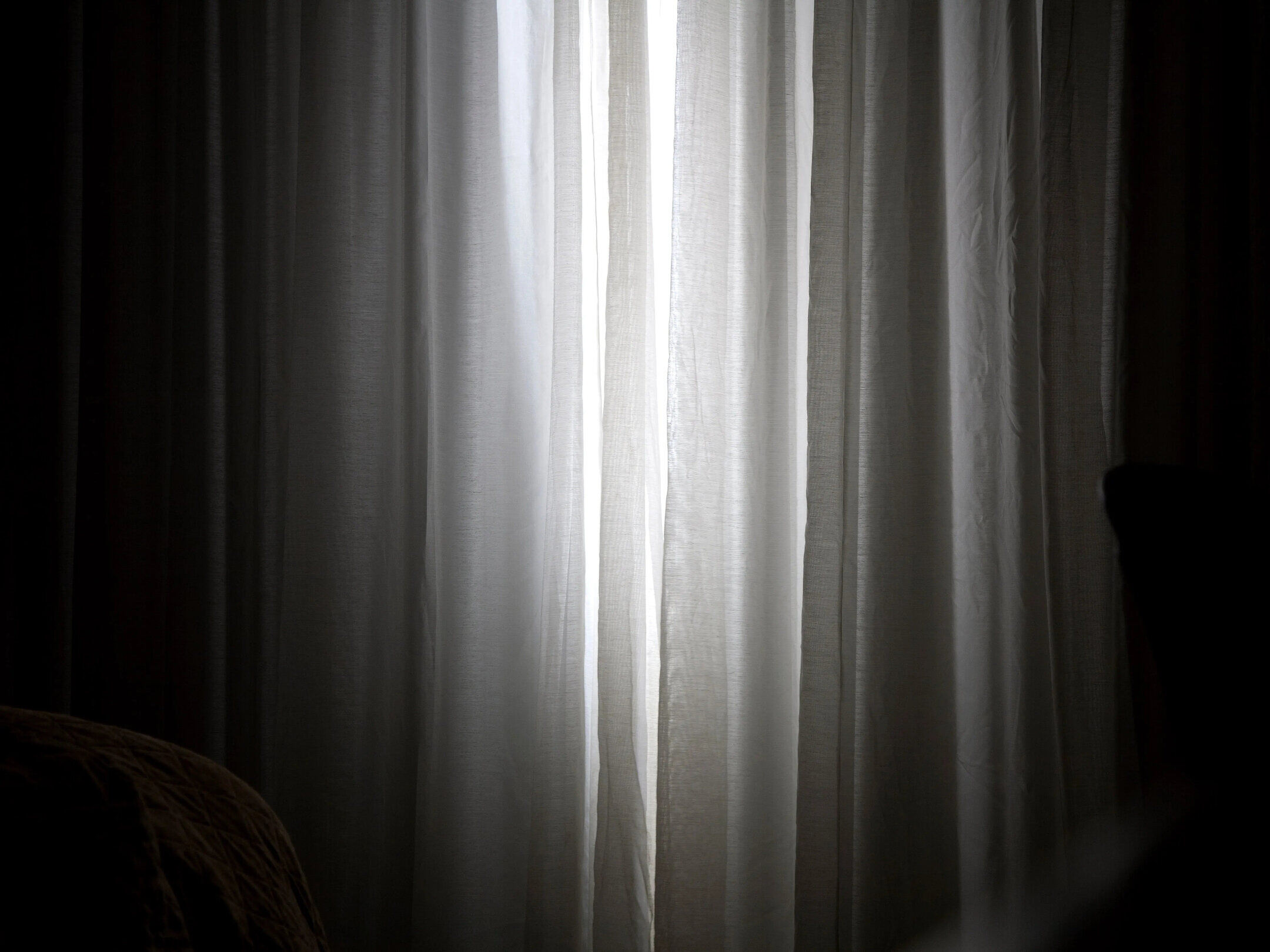
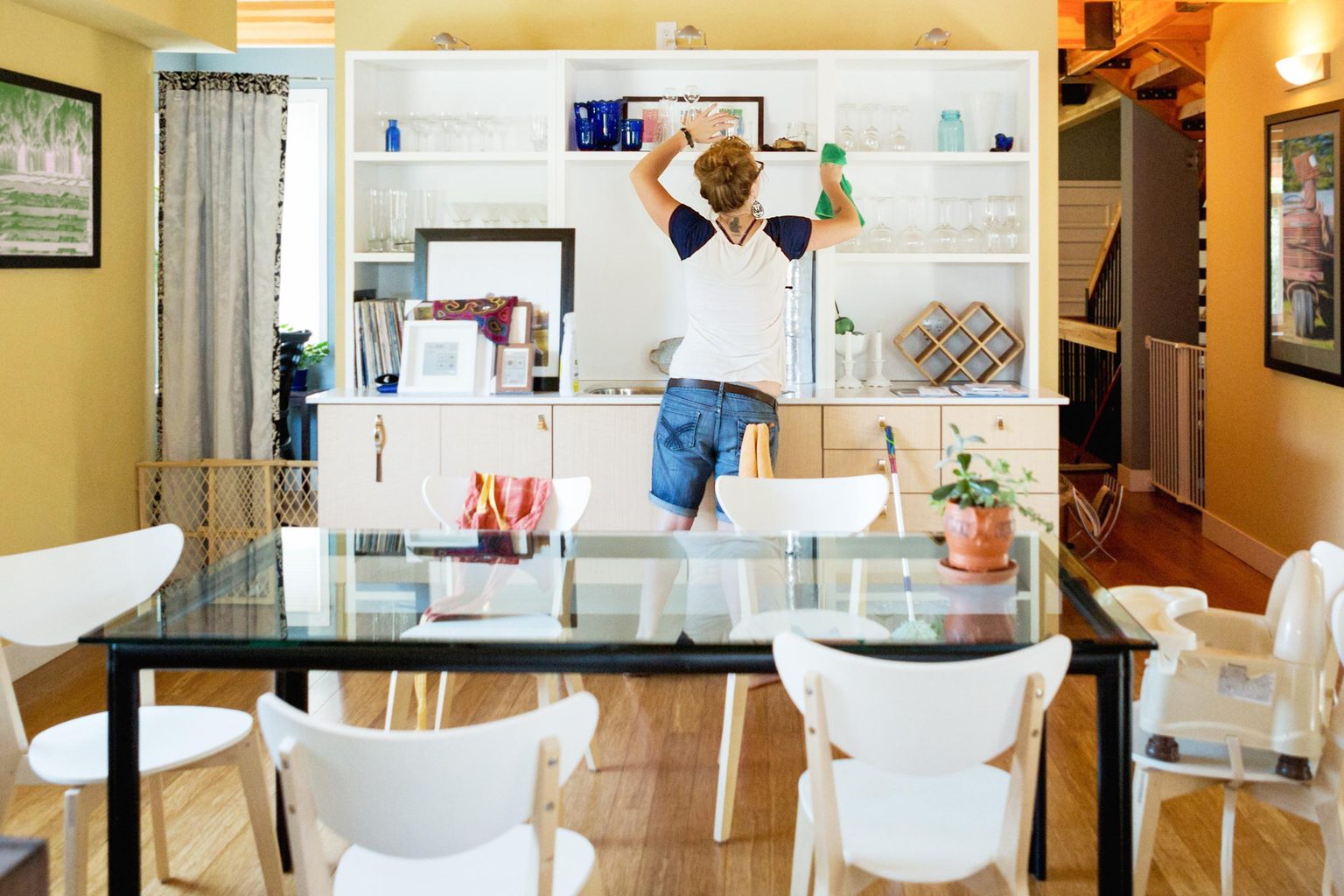
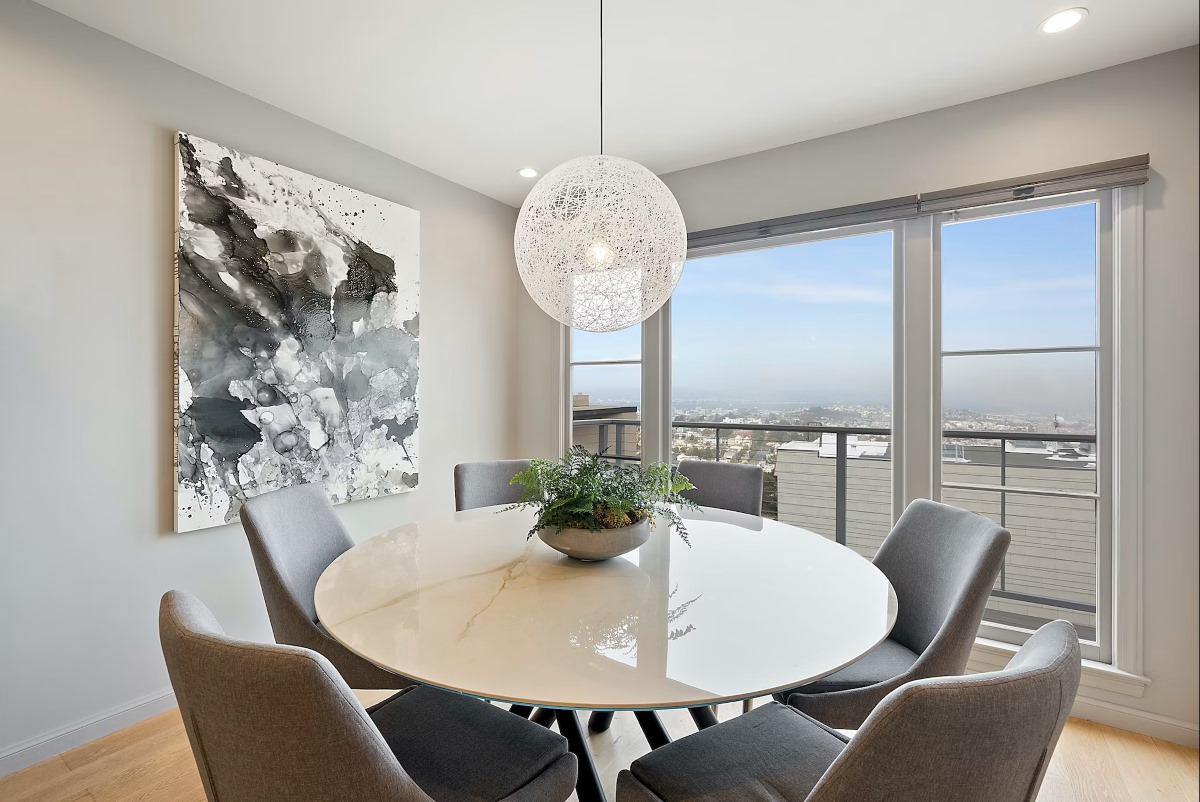
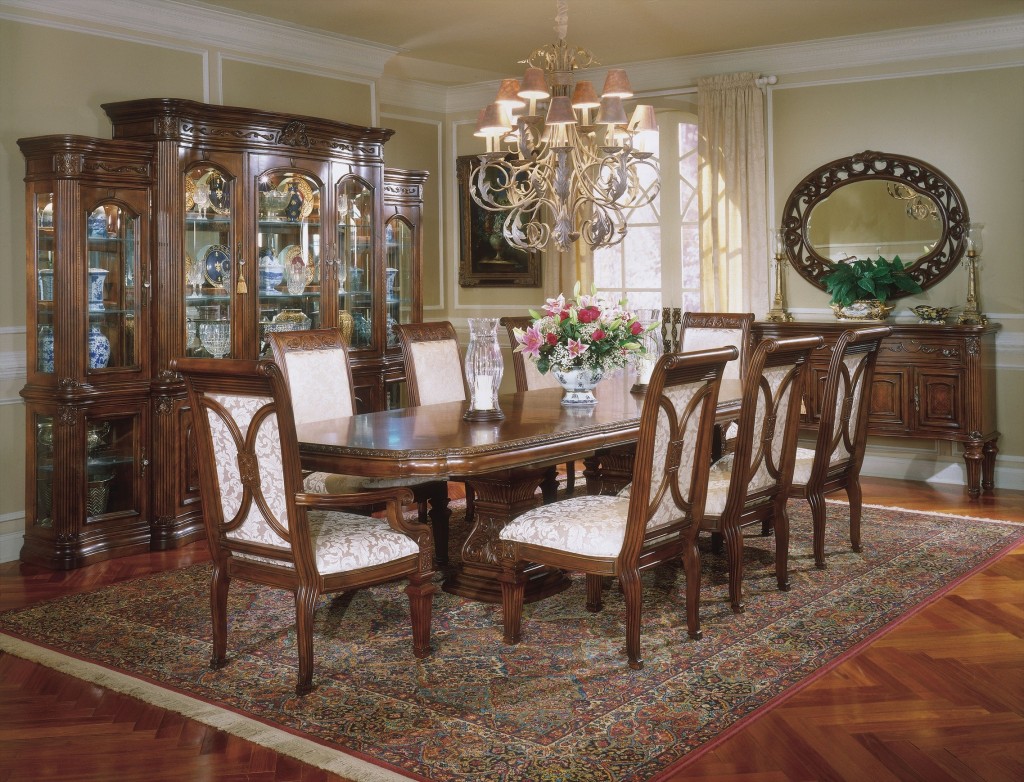
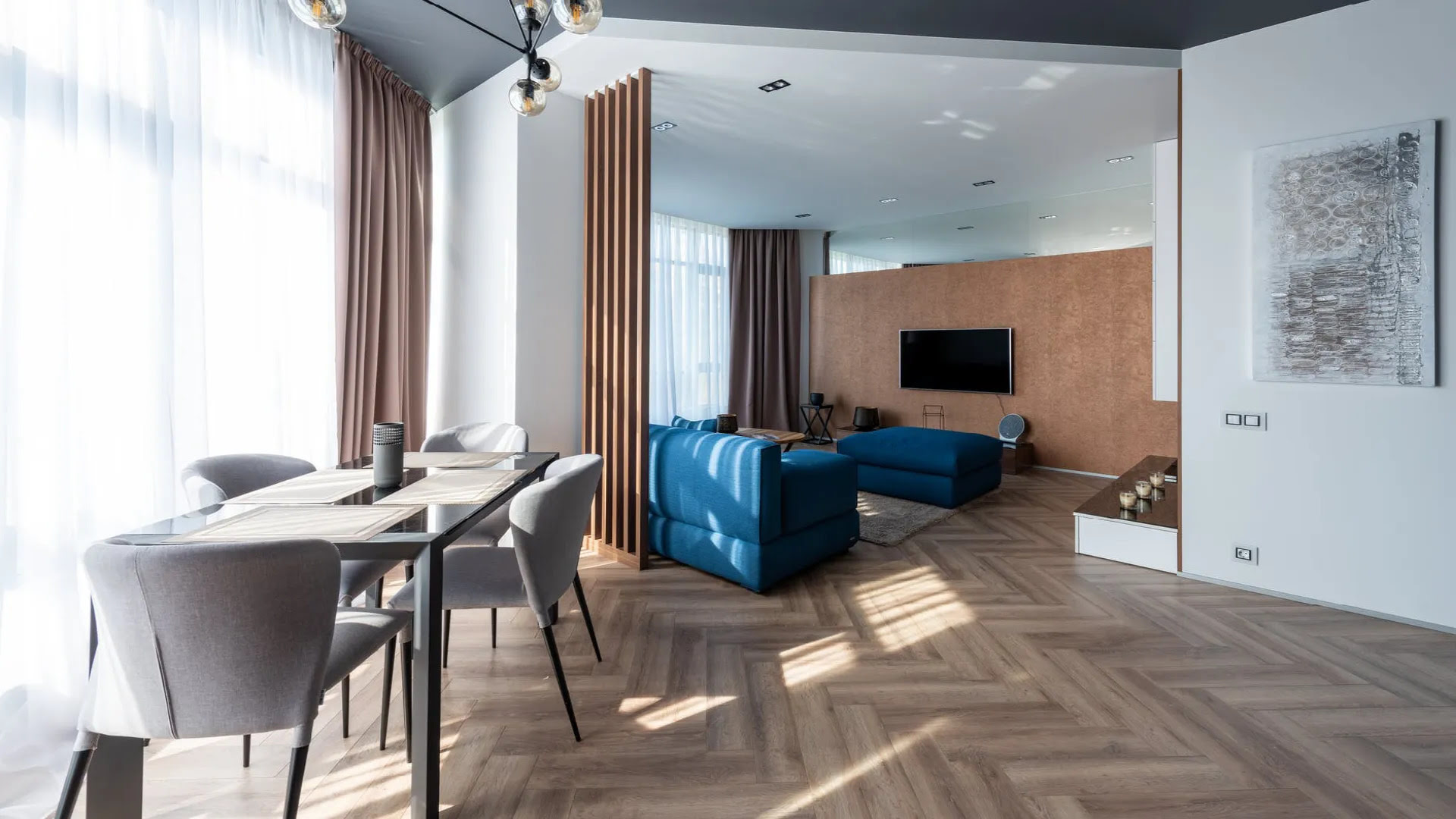
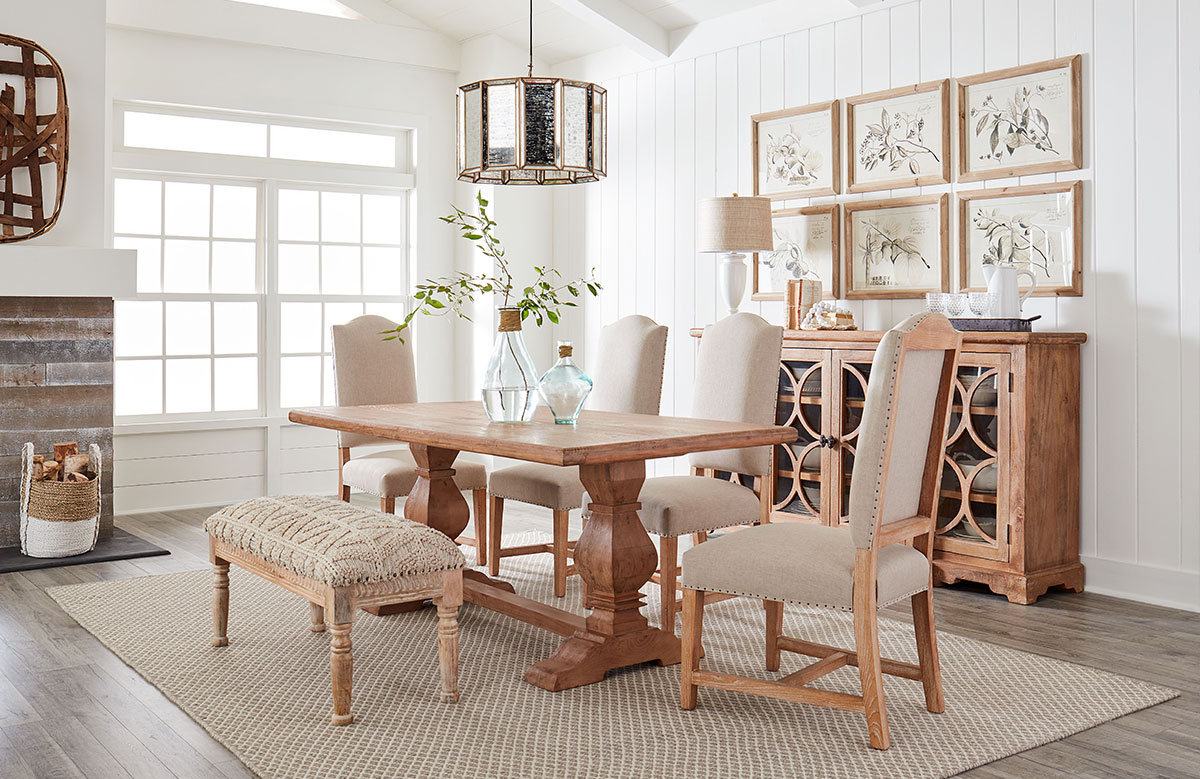
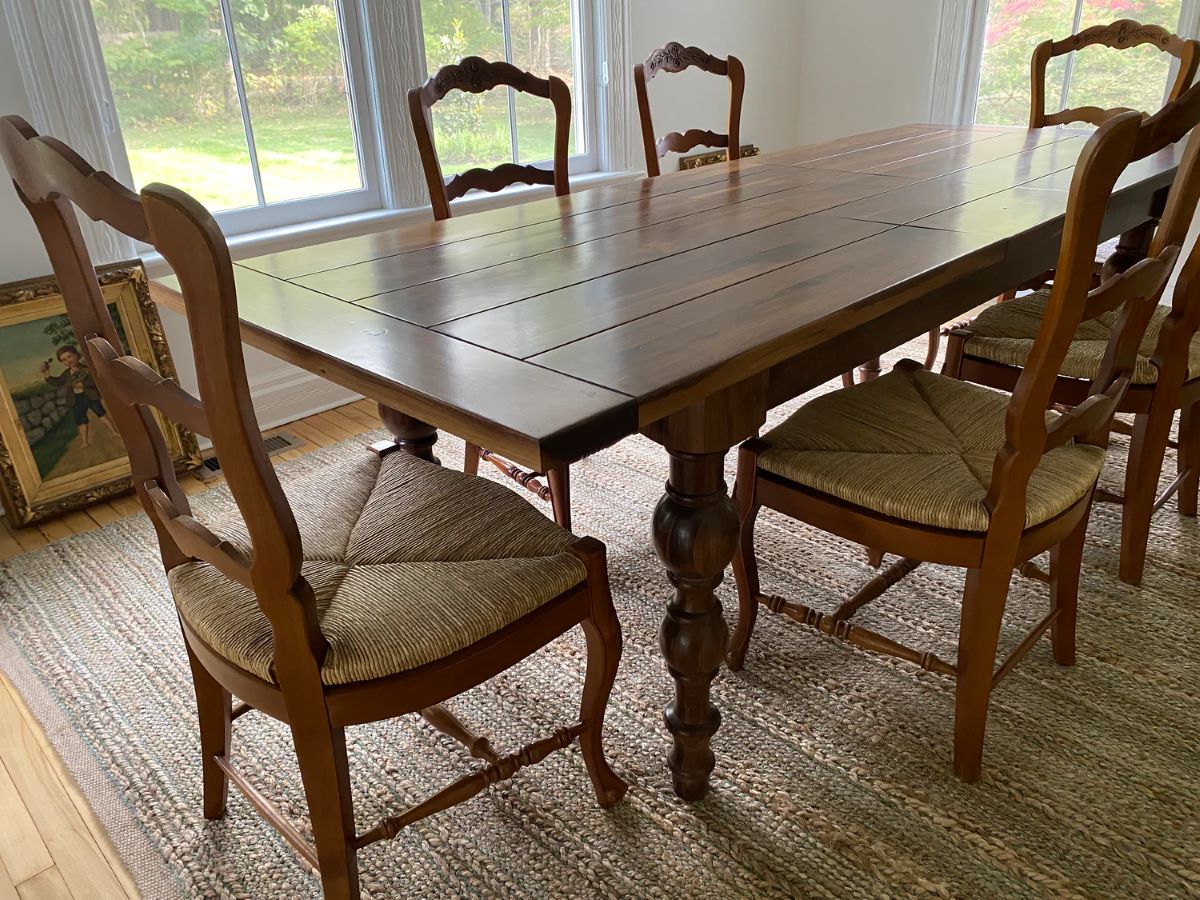

0 thoughts on “How To Brighten A Dark Dining Room”